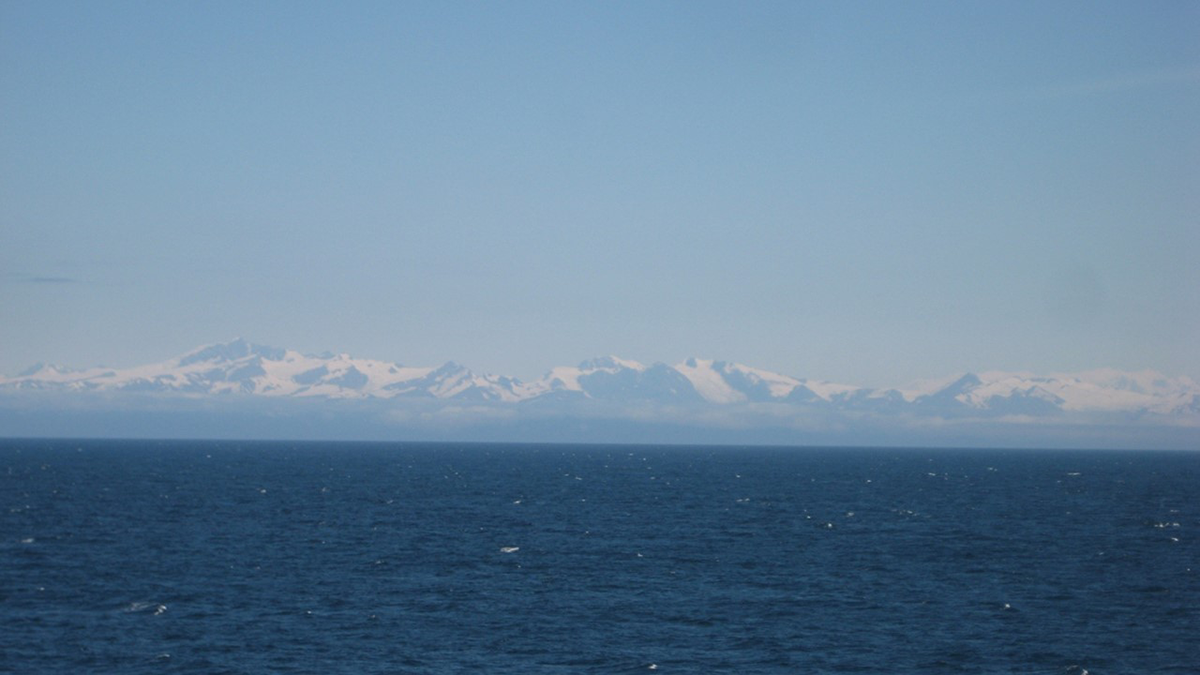A new method could translate satellite information about sea surface heights into insights on current, heat flow, and—ultimately—climate change.
Oceans
Melting Glaciers as a Source of Lead in Coastal Waters
New experiments show how lead circulates through glaciers, meltwater, and sediments in polar environments.
A New Census of Plastic Debris Entering the Ocean
On the basis of thousands of measurements of plastic pollution spotted near coastlines and at sea, researchers estimate that roughly 500 million kilograms of plastic debris is entering the world’s oceans each year.
Warming Reduces Relative Humidity Through Soil Moisture
Relative humidity over land decreases in a warmer climate as a result of interactive soil moisture response.
Arctic Ice Loss Could Shorten Winter Feeding Time for Zooplankton
The Arctic’s thinning sea ice allows more light to penetrate deeper into the ocean, holding zooplankton far beneath the surface.
Arenas de aguas profundas y dónde encontrarlas
Antiguas avalanchas submarinas llevaron arena al abismo oceánico en el momento en que algunos menos lo esperaban.
Marine Sediments Reveal Past Climate Responses to CO2 Changes
Climate records stored in marine sediments reveal different ice sheet and ocean responses to falling atmospheric CO2 concentrations from the warm Pliocene to the ice ages of the Pleistocene.
Exploring the Mantle Through Microseisms
A new method for examining the tiny vibrations of Earth caused by ocean swells could help reveal details of deep-Earth structure.
Shifts in Tectonic Plates Change Biodiversity
A 36-million-year cycle of marine biodiversity booms and busts matches the movements of plate tectonics, linking what happens deep below the ocean to what’s happening in it.
Our Evolving Understanding of Biological Carbon Export
The array of processes and organisms that make up the biological carbon pump has immense influence on Earth’s carbon cycle and climate. But there’s still much to learn about how the pump works.










